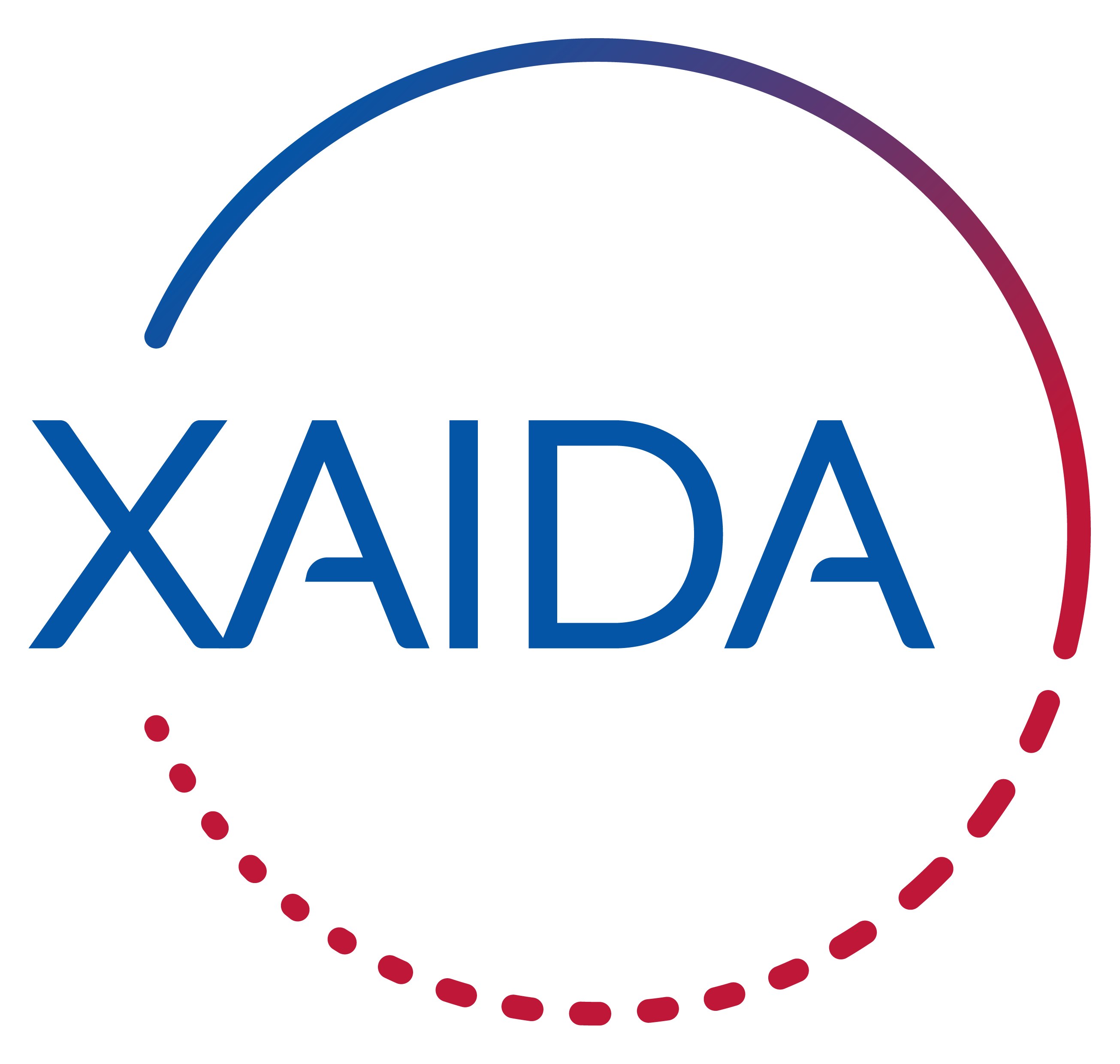ENSEMBLE BOOSTING
Ensemble boosting uses climate models to efficiently generate very intense and rare weather and climate extremes that can be analyzed for planning and stress testing of critical infrastructure.
Description
Ensemble boosting uses targeted re-initialization of rare weather and climate extremes in large ensembles of fully-coupled Earth System Models. Ensemble boosting starts from simulated extreme events in fully-coupled GCM simulations that are reinitialized about 5-25 days before their peak intensity event of the simulated event, using tiny round-off perturbations. Thereby, targeted large ensembles of extreme events in the climate model can be produced in order to efficiently sample the most extreme events.
Ensemble boosting can successfully generate plausible storylines of extremes that are coherent in space and time. Ensemble boosting can produce good analogue events for record-shattering heatwaves, very cold extremes, large-scale precipitation events, seasonal to multi-year drought events and spatially co-occurring events. Model-based storylines developed with ensemble boosting can be used to study processes that distinguish moderate heatwaves from very extreme ones.
Potential users
- Broad communication (public)
- Specific sectors potentially interested (energy, health, …) with critical infrastructure that needs to be resilient to very high return level extremes
Guide
Required background knowledge is high and the tool requires access to High-Performance Computing Facilities (requires capacity to run CESM2 in a bit-for-bit reproducibility). For the use in adaptation and planning pre-existing simulations need to be bias adjusted.
Use cases
- Has been used in parallel with Stochastic weather generators and importance sampling to investigate the unprecedented events of Paris 50C and the 1962/63 cold winter.
- Extremely cold winter season
- 5-day heatwaves in Pacific Northwest, US Midwest and western Europe
- Multi-year drought in Europe and North America
- Winter heavy precipitation event in Germany
References
Sippel, S., Barnes, C., Cadiou, C., Fischer, E., Kew, S., Kretschmer, M., Philip, S., Shepherd, T.G., Singh, J., Vautard, R. and Yiou, P., 2024. Could An Extremely Cold Central European Winter Such As 1963 Happen Again Despite Climate Change?. Weather and Climate Dynamics, 5, pp.943-957.
Fischer, E.M., Beyerle, U., Bloin-Wibe, L., Gessner, C., Humphrey, V., Lehner, F., Pendergrass, A.G., Sippel, S., Zeder, J. and Knutti, R., 2023. Storylines for unprecedented heatwaves based on ensemble boosting. Nature Communications, 14(1), p.4643.
Gessner, C., Fischer, E.M., Beyerle, U. and Knutti, R., 2021. Very rare heat extremes: quantifying and understanding using ensemble reinitialization. Journal of Climate, 34(16), pp.6619-6634.
Gessner, C., Fischer, E.M., Beyerle, U. and Knutti, R., 2023. Developing Low‐Likelihood Climate Storylines for Extreme Precipitation Over Central Europe. Earth’s Future, 11(9), p.e2023EF003628.
Gessner, C., Fischer, E.M., Beyerle, U. and Knutti, R., 2022. Multi-year drought storylines for Europe and North America from an iteratively perturbed global climate model. Weather and Climate Extremes, 38, p.100512.
Lüthi, S., Huber, V., Pascal, M., Beyerle, U., Pyrina, M., Domeisen, D., Vicedo-Cabrera, A.M. and Fischer, E., 2024. Storylines for month-long heatwaves and associated heat-related mortality impacts over Western Europe, in review.
Thompson et al, the 2021 heavy precipitation extreme in Northwestern Germany (in preparation)
 This project has received funding from the European Union’s Horizon 2020 research and innovation programme under grant agreement No 101003469.
This project has received funding from the European Union’s Horizon 2020 research and innovation programme under grant agreement No 101003469.
Tools
We contributed to the continuous development of the tigramite (https://github.com/jakobrunge/tigramite/) Python package for causal inference methods.
This package provides a wide range of constraint-based causal discovery and causal effect estimation methods.
Importance sampling is a way to preferentially select out of a range of model simulations the ones that will lead to extremes of the metric of interest in an early stage of simulation, thus increasing computing efficiency for the cases of interest.
Stochastic Weather Generation is a computationally light tool to simulate temperatures for worse case heat extremes, at city up to country level.
The Artificial Intelligence for Disentangling Extremes (AIDE) toolbox allows for tackling generic problems of detection and impact assessment of events such as tropical cyclones and severe convective storms, heat waves, and droughts, as well as persistent winter extremes, among others
CAUSEME web-platform is a platform to benchmark causal discovery methods based on ground truth benchmark datasets featuring different real data challenges.
GreenEarthNet is a machine learning-powered toolkit for predicting ecosystem responses to climate changes by leveraging Earth observation data and climate models. It supports effective environmental monitoring and forecasting for improved climate action.
In the aftermath of an extreme weather event, the event is studied more and more often by an operational attribution service. Two examples of such operational attribution services are used within XAIDA. These operational services generally answer slightly different questions and are complementary.
ClimaMeter is an international consortium designed to
Ensemble boosting uses climate models to efficiently generate very intense and rare weather and climate extremes that can be analyzed for planning and stress testing of critical infrastructure.
In the aftermath of an extreme weather event, the event is studied more and more often by an operational attribution service. Two examples of such operational attribution services are used within XAIDA. These operational services generally answer slightly different questions and are complementary.
World Weather Attribution (WWA), an initiative founded
This tool explores potential energy risk scenarios using weather regimes. This allows users to tailor the tool to their relevant impact and weather regimes.
